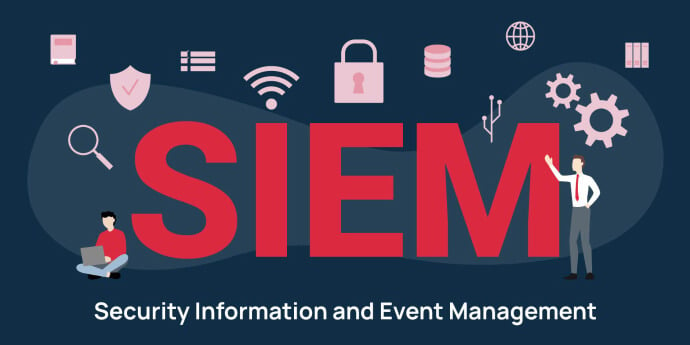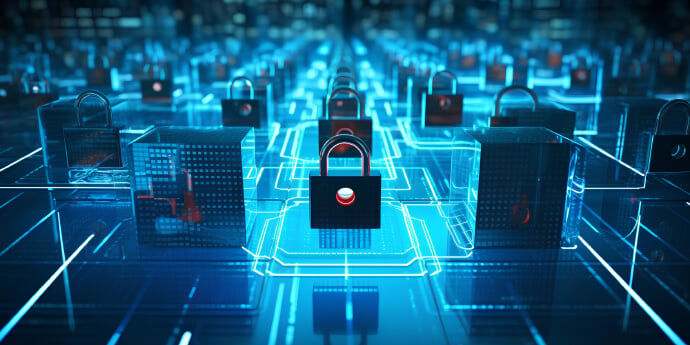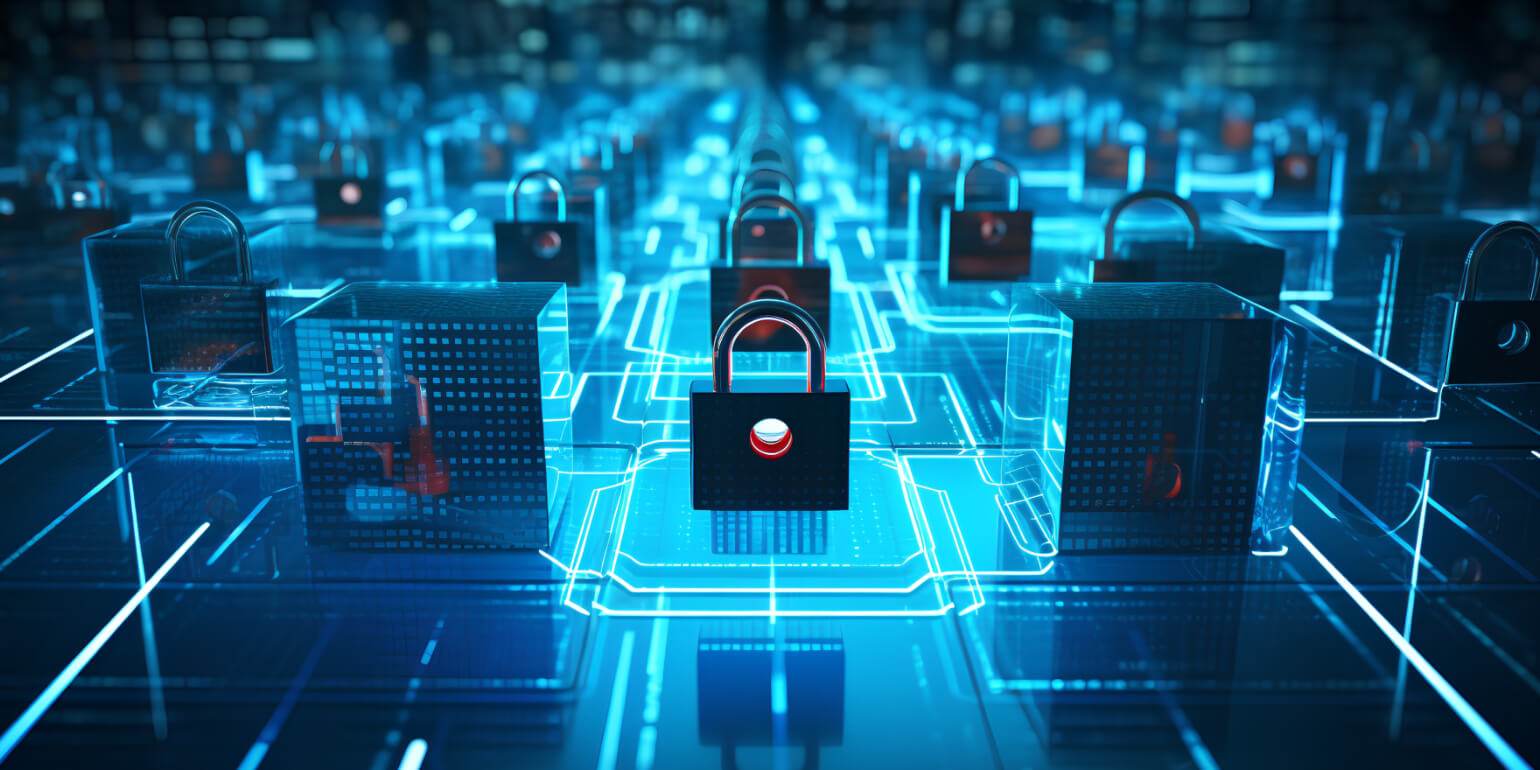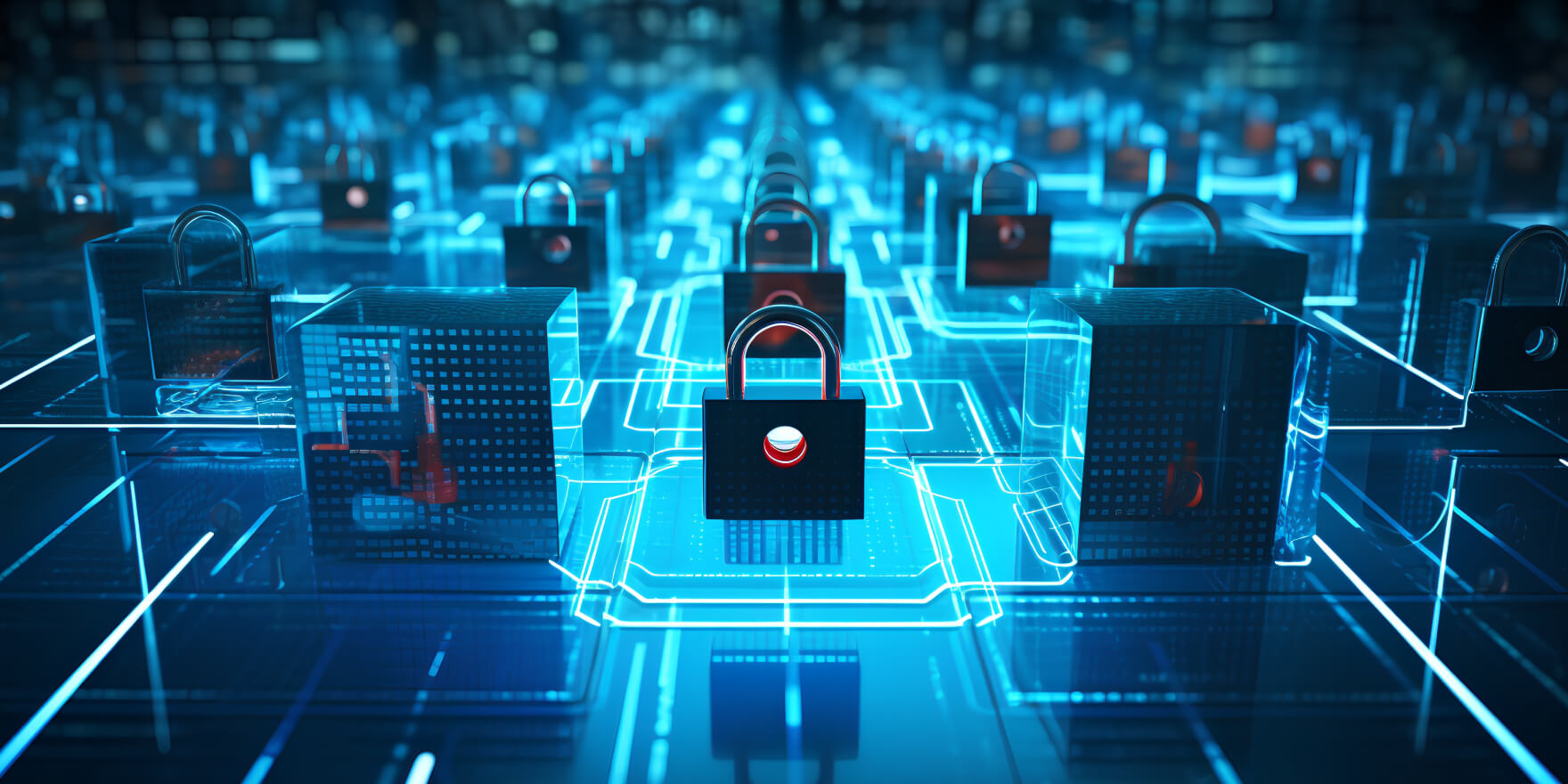
SIEM Strategy: Building In-House or Outsourcing
Discover the best option for your SIEM strategy. Explore the differences between building in-house or outsourcing.…




Harvina Bains
Security Blogger
07th September 2023
Did you know that the average time it takes for organisations to identify and record a data breach is a staggering 206 days? That’s over six months of potential damage and chaos caused by attackers infiltrating your environment.
Time is of the essence when it comes to mitigating the impact of a data breach. As a result, it's critical to detect a breach as soon as possible and to be able to isolate the attacker.
A data breach can occur as a result of a flaw in your organisation's or your IT infrastructure's security. Vulnerabilities can be remediated and risks can be mitigated, but no environment can be completely safe. The reality is that data breaches can happen to any organisation. It’s not a matter of “if”, but “when”. You must therefore be prepared for a breach and be ready to respond right away if one does happen.
So, how can you reduce the overall impact of a data breach and improve your ability to detect and respond to threats? This is where Security Information and Event Management (SIEM) technology comes into play.
In this blog, we will explore the significance of SIEM technology and why organisations are turning to managed SIEM solutions to enhance their cybersecurity posture.
In today’s rapidly changing threat landscape, businesses must respond to data breaches with speed and agility because cyber criminals are always coming up with new attack vectors, malware variants, and techniques. Organisations that let their defences lapse and don’t keep up to date may become vulnerable to new threats.
Cyber attackers often act quickly after discovering vulnerabilities, and the longer the breach goes unnoticed, the longer they have to exploit sensitive data or cause serious damage. Failure to detect a data breach in your system can have disastrous consequences, including monetary losses, reputational damage, decreased customer trust, and legal ramifications.
Your company must remain vigilant in order to safeguard its assets, data, reputation, and, most importantly, the trust of its customers. Acting quickly in the face of a data breach is more important than ever for maintaining a safe and resilient business environment.
Detecting a potential breach early on can help you contain and neutralise attackers before the security event spiral outs of control.
SIEM combines log monitoring and event management systems to detect suspected breaches and unusual activity in real time. A SIEM collects and analyzes security event data from sources such as firewalls, servers, and network devices in order to identify security incidents and provide security teams with actionable insights.
SIEM solutions typically include the following components:
The goal of a SIEM solution is to help businesses stay ahead of potential breaches by detecting suspicious activity quickly and providing context for subsequent remediation. This assists organisations in safeguarding sensitive data and systems against unauthorised access.
SIEM is a must-have tool for companies looking to maintain a strong security posture and defend against an ever-changing threat landscape.
However, managing a SIEM solution can be difficult, and it requires a high level of expertise to operate effectively. This is why many organisations opt for a managed SIEM service. This is a security solution that offers all of the benefits of SIEM without the burden of managing it on an ongoing basis.
With a managed SIEM service a team of security experts handle everything from SIEM infrastructure deployment, configuration, and maintenance. This type of service typically includes 24/7 monitoring, alerting and a basic level of incident response, ensuring that any security issues are addressed as soon as possible.
Coverage is a critical aspect of a SIEM solution. A SIEM collects security log data from various sources and consolidates it into a single location, including system logs, network logs, application logs, security logs, audit logs and cloud logs. These logs are ingested either via APIs or physical devices with collector agents installed. To ensure comprehensive coverage, it is advisable to gather as much security log data as possible.
Logs can record very granular data such as timestamps, user actions, error codes, and other relevant metadata, which provides a clear picture of what occurred in the system and information for effective troubleshooting, debugging, and analysis. Additional contextual information may also be available via log data, such as session IDs, request headers, and detailed stack traces, which are useful for diagnosing complex issues.
The focus should be on obtaining system-level logs, network logs, and logs from security investments such as endpoint protection products and application firewalls. Additionally, logs such as audit logs, cloud logs, and application logs contain valuable information that can be correlated with other logs types. Maximising coverage and enabling relevant correlation rules based on specific log data sources, such as security events from AWS or Microsoft 365 accounts for example, is highly recommended.
Ultimately the more data you have to bring into your SIEM solution that provides security value, the easier it is to form correlations and conduct investigations.
How do you get the most out of your SIEM solution and detect threats as early as possible? One way to do this is by combining two types of alerts; high fidelity and low fidelity.
High fidelity and low fidelity refers to the level of detail and context that a security alert provides. Combining these two types of alerts from your log data gives your business a much better understanding of what is happening in your environment when a security event occurs.
Let’s look at the difference between them:
A high fidelity alert could be a clear indication that a security incident or data breach has already occurred. This type of alert usually provides enough context on its own for a SOC analyst to instantly understand that it is a genuine issue that needs attention. These type of alerts usually contain detailed information about particular security events, actions, and system activities.
Endpoint protection tools can be a great source of high fidelity alerts. For example, the detection of Mimikatz on a host would almost certainly indicate malicious activity that requires immediate attention. SOC teams can be presented with an insurmountable level of security alerts every day, as a result, these types of alerts are often prioritised by analysts and should be investigated as soon as possible.
Low fidelity alerts can include day-to-day events like user logins, which may not directly be an indication of compromise but can provide context when investigating high-fidelity alerts. Low fidelity alerts are therefore typically not actionable on their own and need further context before a decision can be made.
A low fidelity alert could be multiple failed login attempts from a single IP address. This alert is triggered when a single IP address fails to authenticate successfully multiple times in a short period of time. This can be considered as low fidelity because it may be triggered in legitimate scenarios where a user forgets their password or accidentally mistypes it multiple times. Such situations may not always indicate malicious activity; however, patterns like these from low fidelity alerts should be monitored as they may indicate a potential brute-force attack.
Combining high fidelity and low fidelity alert data is essential because it enables a thorough understanding of a system or security incident. The more information a SOC team has at their disposal, the better they can fully triage and investigate alerts and make informed decisions.
To make the most of your SIEM solution, here are five things you need to consider:
SIEM technology is a powerful tool in the fight against data breaches. By implementing a managed SIEM solution, your organisation can focus on core business activities while benefiting from expert threat detection, breach prevention and compliance assurance. Swift response to logs indicating suspicious activity allows for a resilient and secure operating environment. With cyber security threats continuously evolving, it is essential to be prepared at all times. Managed SIEM services provide the necessary tools to address and manage suspected data breaches proactively, ensuring organisations can thrive in the face of cyber challenges.

Harvina Bains
Security Blogger
Share this article
With Defense.com Managed SIEM, your network will be monitored 24/7/365 for suspicious activity, helping to identify threats and prevent breaches. We’ll help you quickly improve your security posture with our fully managed service.

Discover the best option for your SIEM strategy. Explore the differences between building in-house or outsourcing.…

Exploring the differences between an MDR, managed SOC and managed SIEM, and which is best to protect your business.…

How well prepared is your business to withstand and recover from a cyber attack? Discover best practice advice on how to best prepare.…

Discussing the benefits of a security operations centre (SOC), the complexities of building a SOC in-house and 5 reasons why business should outsource their SOC.…
Get actionable cyber security advice and insights straight to your inbox.